Can Cats Sleepwalk? Consider This
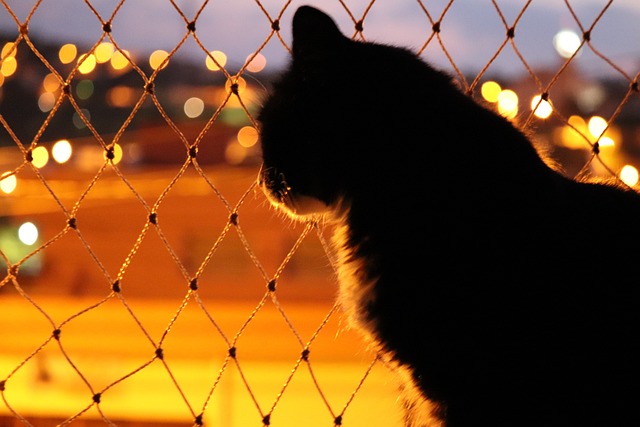
Ever catch your feline friend acting a little...
Off? 😕
Cat Sleep Disorders You Should Know About
If you think your cat might have trouble sleeping, here are some important things to bear in mind:
- Watch out for any weird behaviors like excessive grooming or getting aggressive while sleeping.
- Pay attention if your cat keeps waking up a lot during the night.
- Talk to a vet so they can give your cat a thorough check-up and evaluation.
- Figure out if your cat is sleepwalking or having seizures - sometimes cats who sleepwalk don't show signs of seizures.
- Know that cats with brain damage might act like they're stalking prey or playing with toys when they're in deep sleep.
- Be worried if your cat suddenly wakes up and stares off into space, because it could mean something's wrong.
- Keep in mind that there are sleep disorders like narcolepsy and cataplexy that can happen to aging cats and don't have a cure.
- Remember that leaving a cat alone with sleep disorders can be dangerous.
- Get veterinary advice if you notice any changes in your cat's sleep routine, just to make sure there aren't any serious illnesses causing it.
- Reach out to a vet if your cat's sleepwalking happens a lot, gets intense, or comes with other weird behaviors.
Providing veterinarians with a sleep diary can offer valuable information regarding the frequency and severity of sleepwalking in pets.
But listen, your furry pal's sleep health is serious stuff.
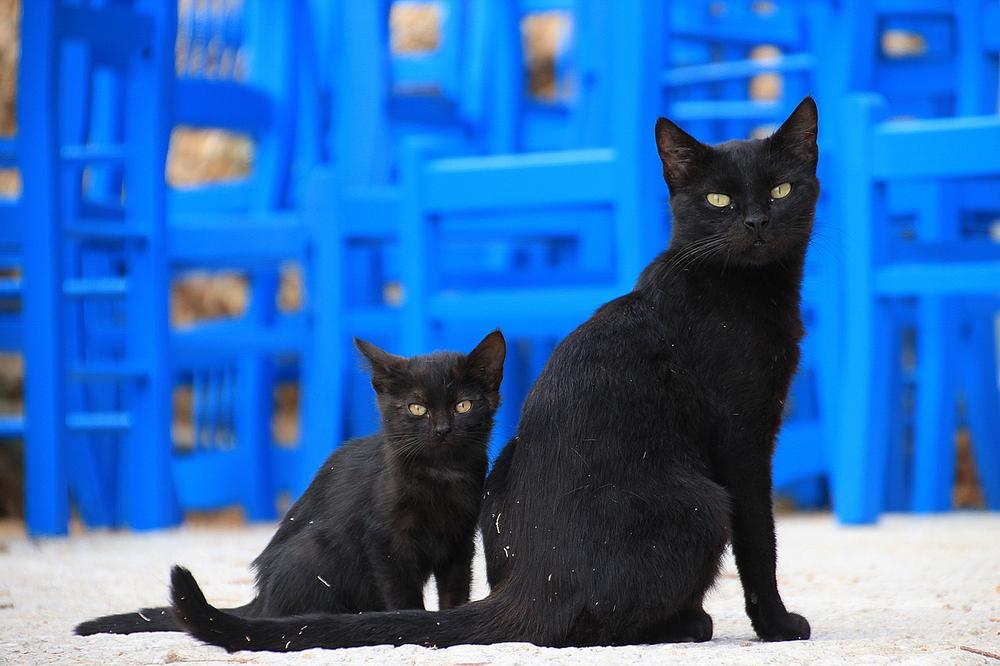
Stay on the lookout and get help from the pros when needed. 🐾
Main points I'll expand upon further down this article:
- Cats have two sleep cycles, with 30% deep sleep and 70% awake.
- Cats experience REM and non-REM sleep stages.
- Sleepwalking is rare in cats, usually seen in brain-damaged individuals.
- Sleepwalking in cats may involve twitching, walking, meowing, and jumping.
- Ensure a safe sleeping environment for sleepwalking cats.
- Maintain a regular routine and provide stimulation to minimize sleepwalking.
- Cats are most active at dawn and dusk, sleeping for about 15 hours daily.
- Older cats sleep even more, around 20 hours per day.
- Cats dream during REM sleep, processing events from their waking hours.
- Let sleeping cats lie, even during nightmares, to avoid defensive behavior.
And by the way, have you ever wondered what goes on during these sleep cycles?
What exactly happens when cats enter their deep sleep?
Keep reading to uncover the fascinating world of a cat's slumber and how it impacts their all in all well-being.
Understanding the Sleep Cycles of Cats
Cats may display behaviors that resemble sleepwalking, but it is actually dream enactment behavior. During REM sleep, their vivid dreams spill over into waking moments, causing them to act out their dreams while awake. Enjoy the show and ensure a safe environment.
Cats have this incredible ability to be fully aware, even when they seem fast asleep.
They can sleep with one eye open, always on high alert.
But what about sleepwalking?
Can cats do that too?
Well, here's the thing...
Cats don't exactly sleepwalk like humans do.
You won't catch them wandering aimlessly around the house in the middle of the night.
But sometimes, they may display behaviors that we could mistake for sleepwalking.
Picture this...
You're peacefully snoozing away when suddenly, you see your cat strolling around with a dazed look on its face.
It seems like they're walking but without any purpose or direction.
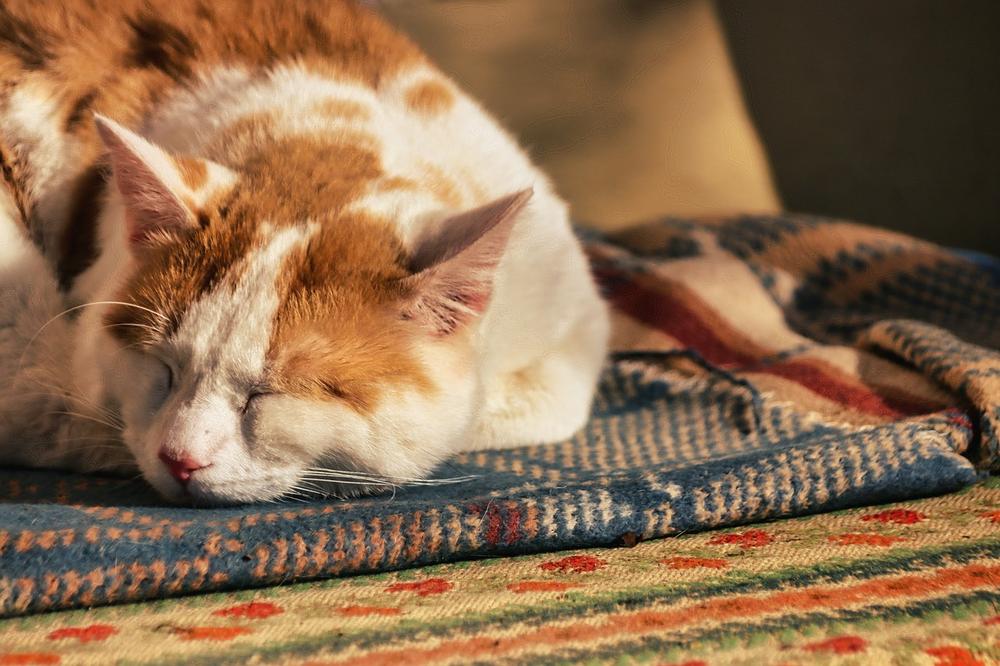
It's almost as if they're sleepwalking, right?
Well, here's the truth...
What you're actually witnessing is called...you guessed it - dream enactment behavior!
During their REM sleep, cats' brains are firing away, reliving all sorts of adventures and scenarios.
And sometimes, these dreams become so vivid that it spills over into their waking moments.
They're essentially acting out their dreams while awake.
Pretty wild, huh?
So, if you ever catch your furball meandering around in a seemingly 'sleepy' state, fret not.
There's no need for alarm or intervention.
Your cat is just having a crazy dream come to life!
Enjoy the show, because who knows what kind of fantastical world they're exploring inside their mind.
Just ensure there are no breakable objects nearby and let your feline friend carry on with their dream journey.
After all, we all need a little bit of adventure, even in our sleep.
Sleep Stages for Cats
You know what's fascinating about cats?
They spend around 30% of their sleep time in deep sleep. Yup, that's right.
It's called slowwave sleep, and during this phase, waking them up can be a real struggle.
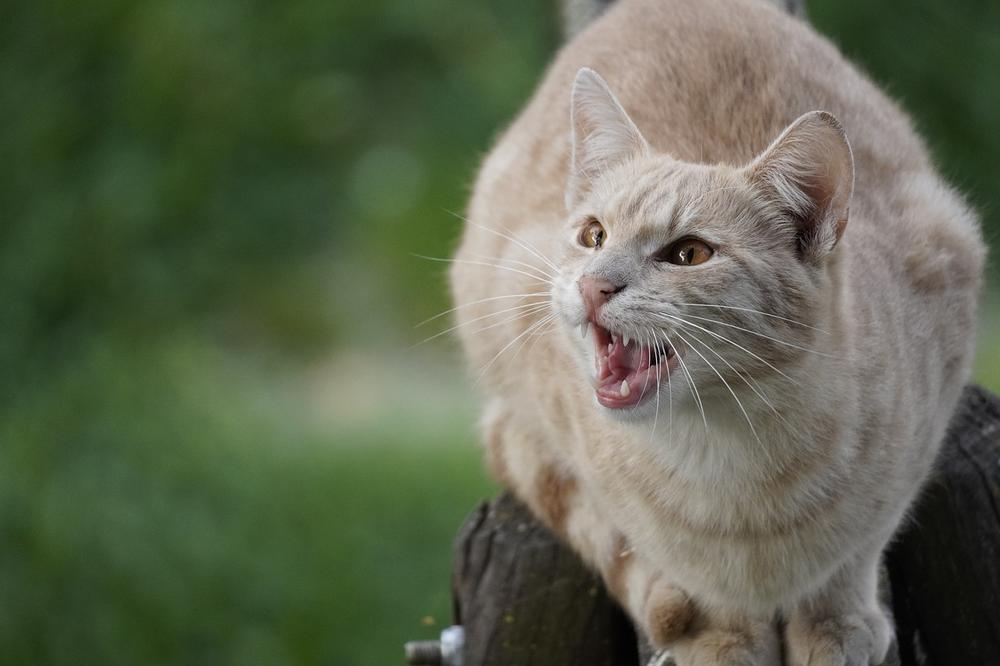
But wait, there's more!
Cats have other sleep phases too, like REM sleep and non-REM sleep.
So, they experience a whole range of snooze modes, just like us humans.
It's pretty intriguing to think about how similar our furry friends are to us, even in the way they catch some Z's.
Cats Do Not Normally Sleepwalk
Although cats do not typically sleepwalk like humans, there have been rare cases.
Here are 8 things to consider about sleepwalking in cats:
- Sleepwalking is not a normal behavior in cats.
- However, brain-damaged cats or cats with surgical brain lesions may exhibit sleepwalking behavior.
- Twitching, walking, meowing, and jumping are common sleepwalking actions in cats.
- Rarely, cats may even growl or hiss during sleepwalking episodes.
- Sleepwalking in healthy cats is usually harmless and requires no specific treatment.
- Nevertheless, ensure their safety to prevent falls or injuries.
- Create a safe sleeping environment for your cat.
- Maintain a regular daily routine and provide sufficient exercise and mental stimulation.
With these measures, you can reduce stress and minimize sleepwalking occurrences in your feline companion. 😺
And if you're wondering why your cat sometimes chooses to curl up between your legs, I've got you covered.
In my guide on Why Does My Cat Sleep Between My Legs, you'll find all the possible reasons behind this cozy behavior.
How Much Do Cats Sleep?
Cats sleep a ton.
Seriously, A TON. On average, cats sleep about 15 hours each day because of their hunting instincts and the need to save energy. They're crepuscular creatures, active at dawn and dusk.
So while you're up and ready for the day, your cat is probably catching some quality Z's.
Now, listen up...
Despite cats sleeping a lot, about 15 hours daily on average, the exact sleep pattern can vary for each individual cat.
It's true!
I mean, think about it:
Cats have their own unique personalities, so why wouldn't their sleep habits be different too?
And here's something else to keep in mind...
Older cats, especially, may sleep even more, dozing off for around 20 hours every day.
That's like reaching Purr-lahr Bear level of sleepiness!
So, if you ever catch your furry friend snoozing for what feels like FOREVER, don't worry—it's totally normal.
Let's take a quick breather before we dive into cats, sleep, and dreams (yes, cats dream!).
Stay tuned!
And here's the deal...
While it's fascinating to learn about cats' sleep patterns, there's something even more intriguing to explore.
Have you ever wondered what happens when your furry friend is in the deepest stages of slumber and dreaming away?
Well, get ready because in the next section, we're going to uncover the mysterious world of feline dreams and discover what your sleeping cat might be experiencing.
Trust me, you don't want to miss this revelation!
What Do Cats Dream About?
Cats dream about their daily experiences, such as playing with toys, chasing squirrels, or lounging on the couch. During REM sleep, they may twitch, meow, or make sounds. Cats can have pleasant dreams but also nightmares, so it's best to let them sleep undisturbed.
Do you ever wonder what cats dream about?
Let me fill you in, buddy. We can't be certain, but it's likely that cats dream about their daily experiences. You know, things like playing with their favorite toy, chasing squirrels, or simply lounging on the couch beside you.
Here's the catch:
Cats do their dreaming during REM sleep, just like us humans.
That's when their small brains process everything that happened while they were awake.
Pay attention, and you'll notice some interesting signs.
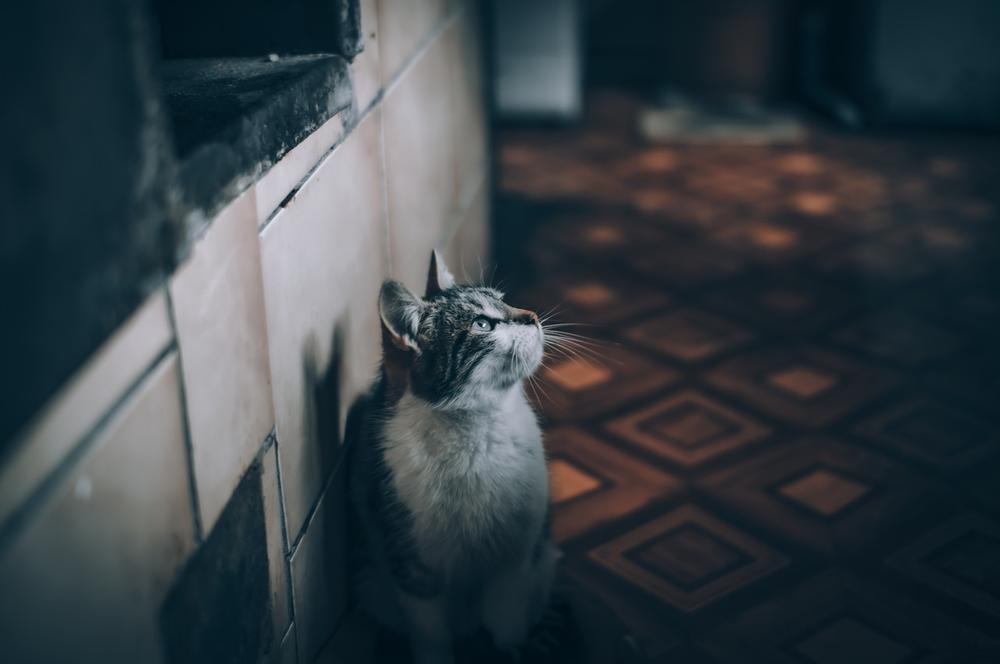
When cats are deep in dreamland, they might twitch, meow, jerk their legs, or even make sounds.
Sometimes these dreams are pleasant, like cuddling with you or having imaginary playdates with other furry creatures.
But sometimes, cats have nightmares too.
So, cut them some slack if they're having a rough dream, okay?
Abruptly waking them up can trigger defensive behavior, and nobody wants that.
Just let them snooze peacefully, even if they're having a little fright fest.
It's all part of their adorable feline brain processing both positive and negative memories, just like ours.
And that wraps up today's article.
If you wish to read more of my useful articles, I recommend you check out some of these: Can Cats Swim, How to Train Your Cat, Why Does My Cat Lick Me Then Bite Me, Do Coffee Grounds Keep Cats Away, and How to Discipline a Cat for Peeing Outside the Litter Box
Talk soon,
-Sarah Davis